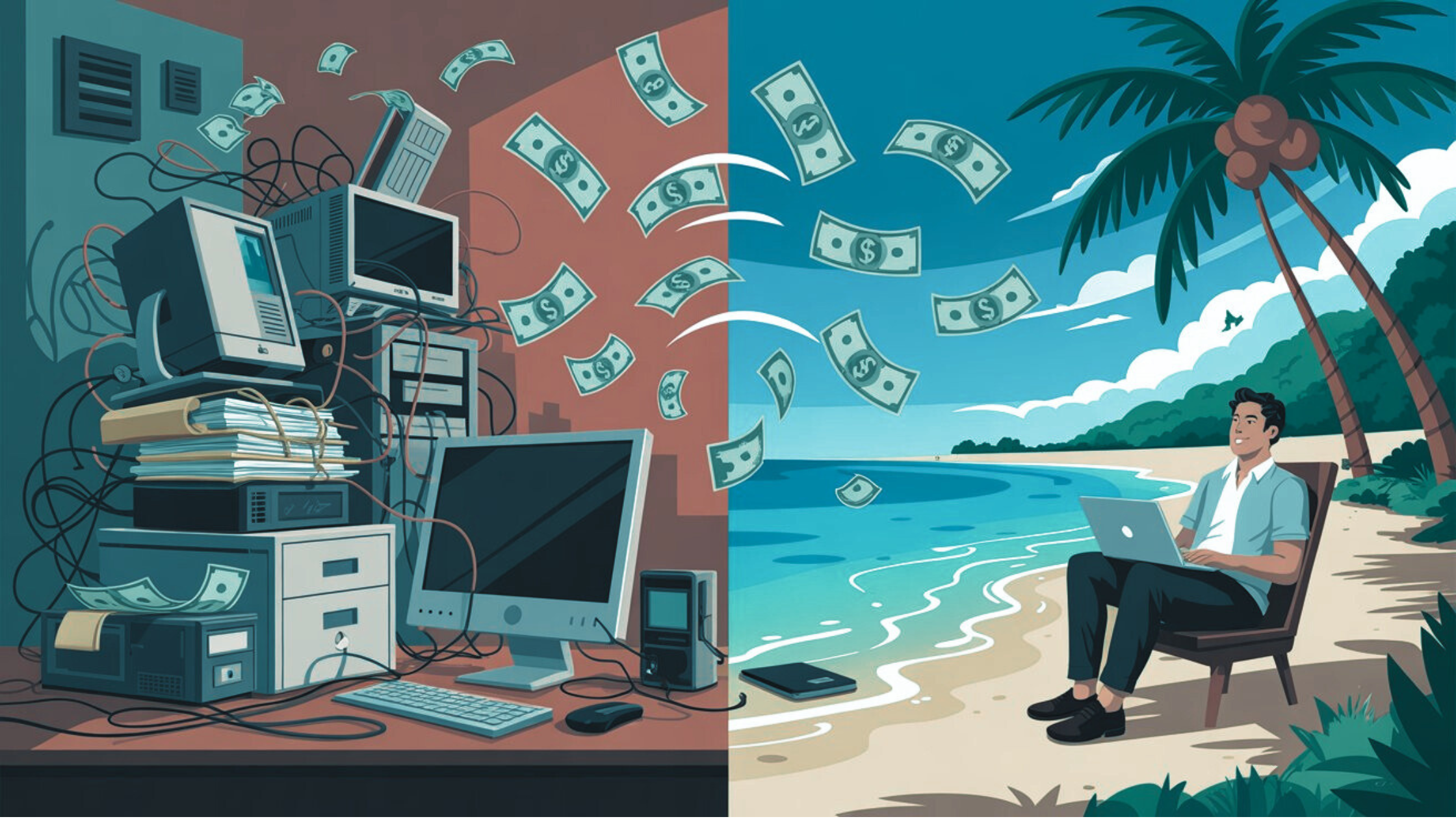If you’re looking to work remotely, the first thing you’ll want to think about is how you’ll be connected to the rest of the world. Secondly, you’ll want to decide what kind of device you’ll use to communicate with your global audience. Once you’ve worked that out you can then go on to select the additional tools that you’ll need to get up and running and keep things going.
Security Issues
On a related note: you’ll definitely want to think carefully about staying safe and secure while you work remotely. If you’ve been used to tapping into random free Wi-Fi networks in the past while you’ve been on your travels, then you’ll want to rethink that strategy. That’s especially so if you’re going to be remote working and also dealing with client files or private documents from an employer.
In that respect you’ll want to lock down things like passwords and your Wi-Fi router, as well as getting hidden behind a Virtual Private Network. And, while many of us like to skirt around antivirus software it really is worth spending a bit of cash to get yourself behind a firewall and have up-to-date ways of dealing with the latest threats. There are new versions of old threats and an avalanche of fresh security issues to battle daily, so be prepared.
Separate workspace should be an area that mentally prepares you for work mode, whether it’s a separate room, a small desk set up in a corner of the living room, or a laptop at the end of the kitchen table. Ideally, it would be a place you don’t go to relax, like your bedroom or your sofa, and a place that other members of your household know is designated for work.
Stay in a routine so as part of your routine, try to interact with your co-workers regularly. Chatting over messaging apps and holding meetings via video apps are two quick and easy ways to stay in the loop. However you connect, don’t let email be the only way you interact with colleagues. Finally try to end work at the same time every day. Obviously, there will be times when a late deadline or project needs after-hours attention. But in most situations, a 10PM work email can wait until the following morning for a response.
Know your body it’s hard to work if your back is bothering you or you’re not comfortable. Definitely make time to get up and walk away from your desk at regular intervals to stretch your legs and make sure your work area is well-lit, so you don’t strain your eyes. The American Academy of Ophthalmology recommends the 20-20-20 rule: every 20 minutes look away from your screen and focus your eyes on something 20 feet away for 20 seconds
Set Boundaries and get dressed. Your mind will have a tougher time focusing if you stay in pajamas or even in bed. Do your usual routine. If you don’t get ready for the day, your day never really starts. Instead of working from home, you’re just at home, with the occasional work check-in. That’s fine and healthy now and then! You are not a drone. But if you’re in this for the long haul, you need to treat it like any other day at the office, minus the office part.





